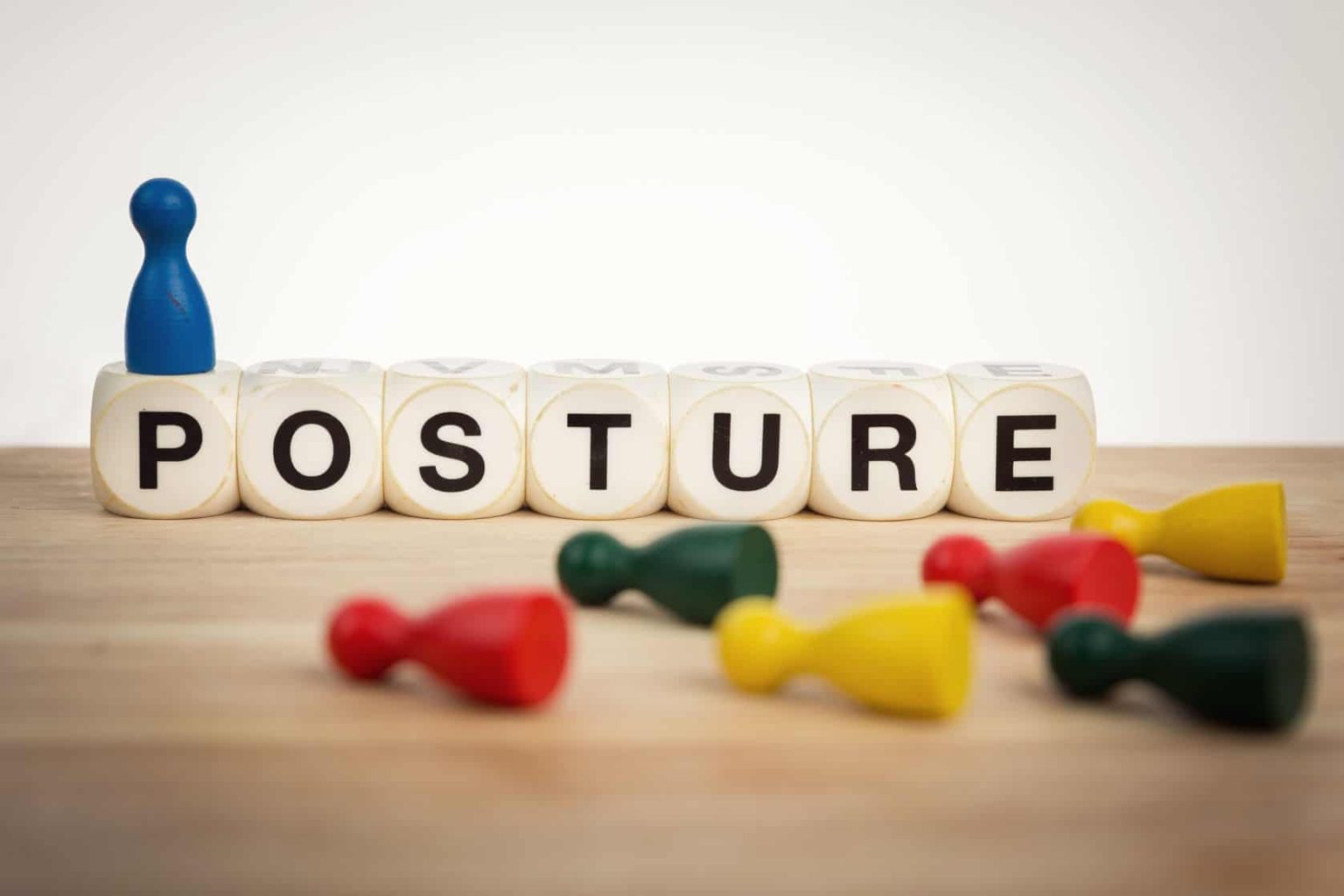Kieran Finnegan– Your Chiropractor Sydney CBD.
Over the years I have treated many people who have been given some bad advice in regards to posture and more specifically how to sit and/or stand to help correct rounded shoulders, although the therapist/professional may of been well intentioned, however; inevitably it made things worse.
People with rounded shoulders are often told to forcibly pull their shoulders blades back and down. This is actually a un-natural posture and it uses your postural muscles in a way they were simply not designed to do, i.e, in a constant and sustained contraction. What happens when the shoulder blades are pulled back and down is the upper trapezius is placed under a lengthened contraction, or more accurately referred to as an eccentric contraction, while simultaneously the lower trapeszius muscles are under a constant shortened contraction. Both of which are not useful but it is the eccentric contraction that tends to cause the most pain and tension.
If you can imagine the upper trapezius as an elastic band (red arrow) that runs from the of neck to the top of the shoulders.
A much better postural cue would be to stand tall, relaxed with a lengthened neck as if their is a helium balloon attached to the crown of your head and creating a very light traction and the shoulders rolled back slightly. This way the muscles are being used correctly, the spine is in better alignment and rather than causing tension and pain it will hopefully relieve some.
On a side note, when it comes to posture and sitting its not necessary ‘bad’ posture that is the problem, its the not moving and static postures. Get up and move around every 30-60 minutes, change from sitting to standing several times through out the day where possible, even changing from a regular desk chair to an exercise ball may also beneficial as well as going for a walk before, during or after work. In regards to treatment, you need to see someone who actually has training in treating the muscles, in my experience, chiropractors and physio therapists who actually have this are far and few between as its not covered in these course or programs and in my experience are often the ones who give bad advice like above.



